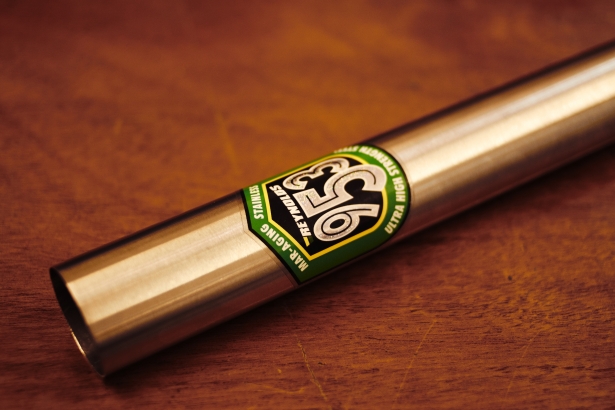Schwinny
I live for the CABE
Going through an old catalog to find answers on another bike, I ran across another question, which if answered may solve a similar question I have on my 30's Armstrong.
Check out the model one Club, and then, what was "Reynolds DB" Tubing?
"It has stood the test of time"
This is a file, not a link. It safe to download.
Check out the model one Club, and then, what was "Reynolds DB" Tubing?
"It has stood the test of time"
This is a file, not a link. It safe to download.
Attachments
Last edited:



















